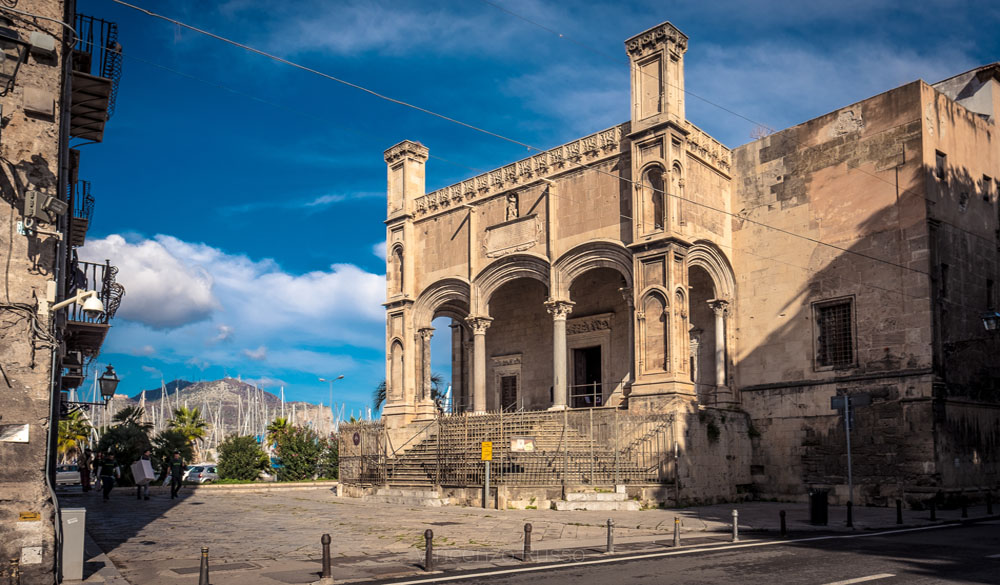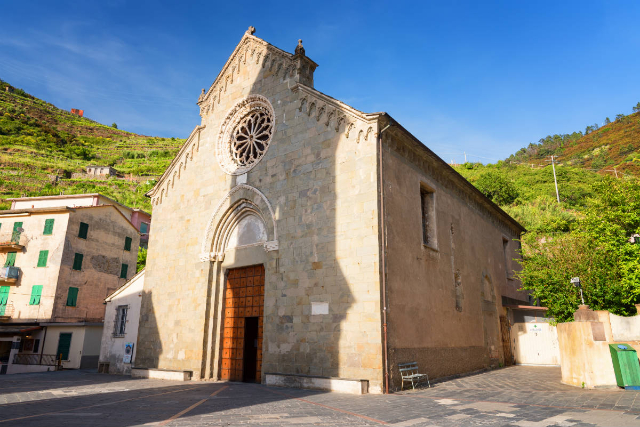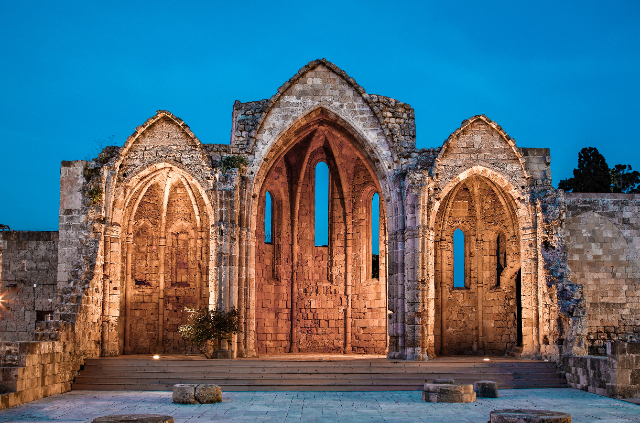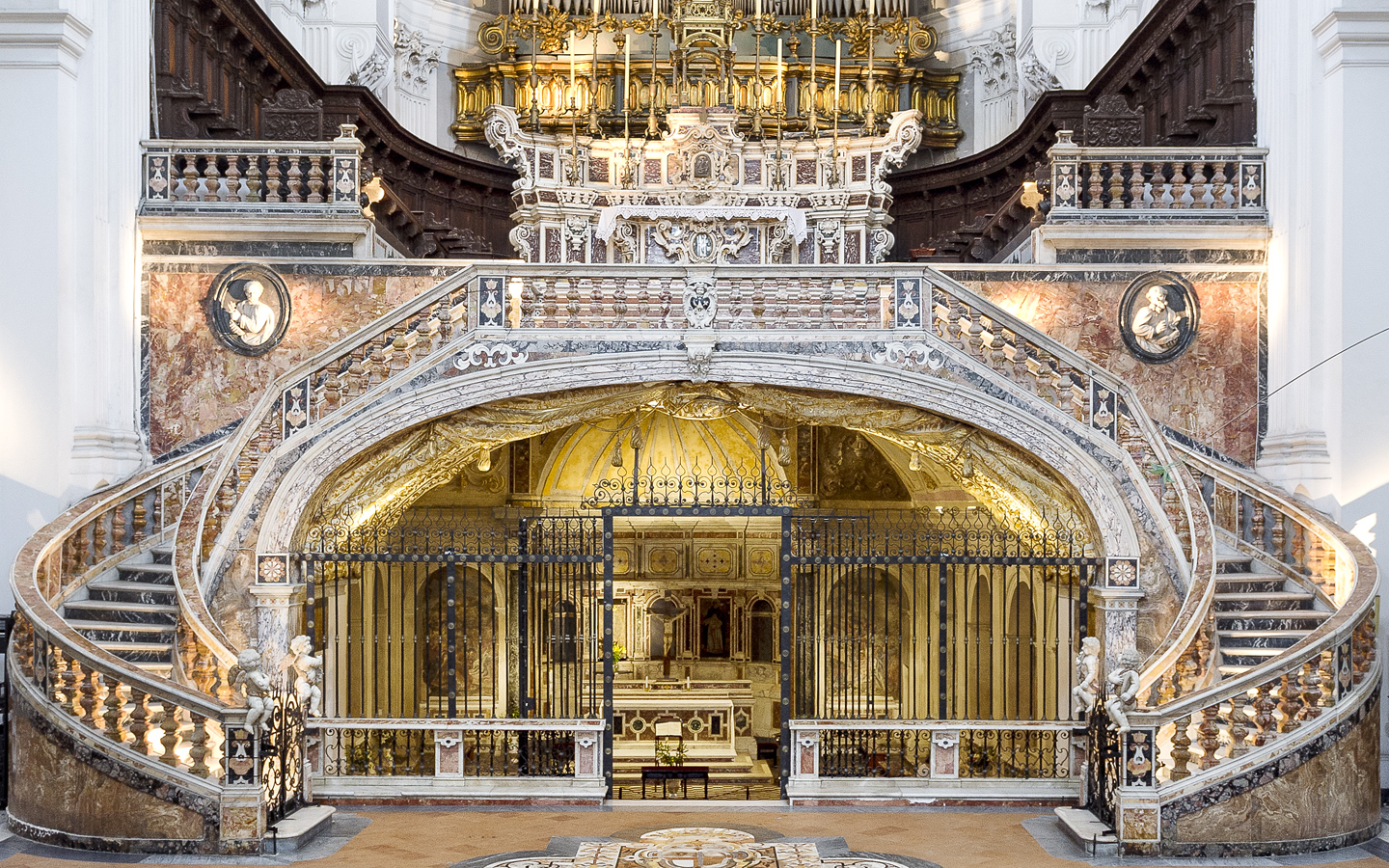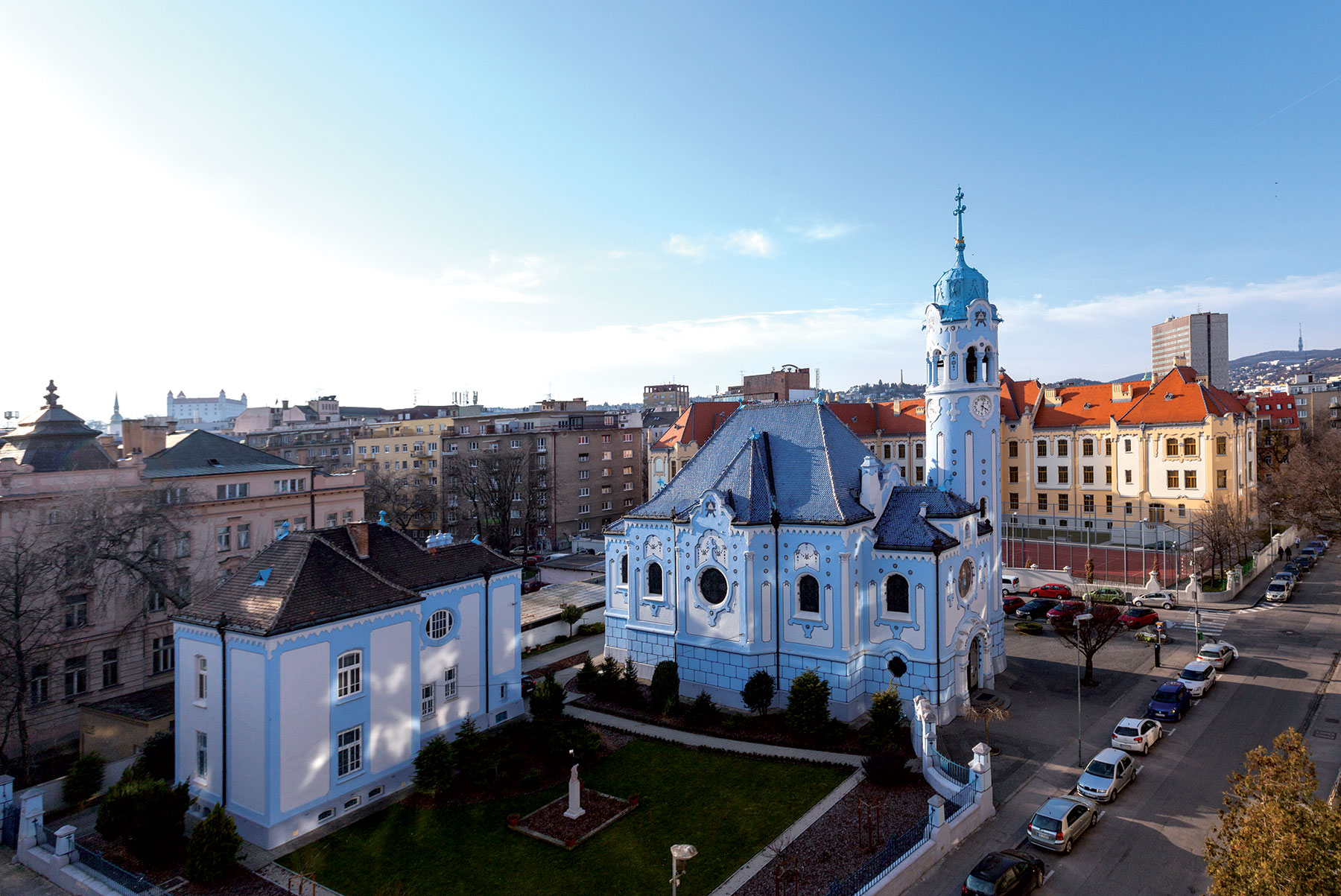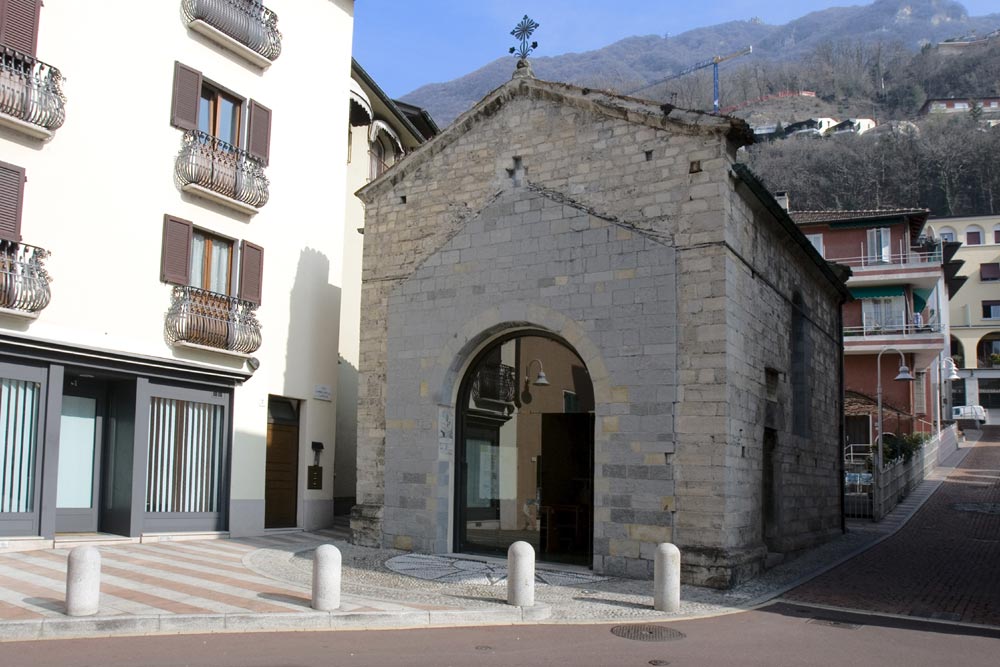In August 1500 Joan of Aragon, wife of the late Ferdinand I, King of Naples, went in procession to pay homage to the statue of Our Lady of the Chain, it is, therefore, plausible that this event has prompted the construction of a temple suitable for the sacredness of the image.
It is probable that it is a project conceived by Matteo Carnilivari, one of the greatest masters of the Sicilian fifteenth century, known for the realization of the nearby Palazzo Abatellis and not only, but the master called to perform the work was Antonio Belguardo.
The name "Madonna della Catena" is linked to a legend that tells of a chain, placed there to close the port of Cala and to which prisoners were bound, which was melted by the sun by the Virgin of the Graces, to whom the condemned asked for help, and then named for this reason.
The square where the church was built is called "Piazzetta delle Dogane", because here was originally located one of the five doors that opened along the walls of the Cala placed near the religious structure and opened around 1570 to allow the entry of goods from the sea and thus pay taxes, hence the term "customs", always at this point in 1750 was erected the statue of Philip V by the architect Paolo Amato. Today, however, both the door and the monument no longer exist since 1848 following the revolution against Bourbon.
The church is striking from the outside, where there is a tripartite porch with lowered arches on the front that is very reminiscent of the cathedral of Cefalù and one on the southern side that recalls the Cathedral of Palermo, a wide staircase that originally had two ramps, mullioned windows on the sides and finally the three portals of entry by Giacomo and Vincenzo Gagini, who also made the capitals and columns.
The interior has a plant with three naves, marked by mighty columns that continue towards the lowered and cross-shaped roof with rectangular pillars; the idea is that of a columnar church with bare columns and characterized by marbles with different shades that recall not only much to what is the local Romanesque style, but also to a contemporary aesthetic imported from Flemish paintings. The raised and bipartite transept is reminiscent of the basilicas of the Norman era, while the tiburium has a star vault. For these peculiar architectural features, the Church of the Chain inspired other factories of the early sixteenth century in Palermo.
It can also be considered as a sort of casket of Gagini’s works, since inside there are bas-reliefs and marble statues of the 1500s that reproduce the "Nativity and Adoration of the Magi" made by Vincenzo and Antonello Gagini, other works commissioned in 1540 to Giacomo Gagini and finally a shrine, which was originally in the church of San Nicolò in the Kalsa district, with the "Coronation of the Virgin".
The iconographic layout of both the aisles and the counter-façade belong to Olivio Sozzi, one of the greatest painters in Italy in the early 18th century, with the reproduction of the life of Saint Brigida in the ceiling and on the sides of the right aisle, and Pietro Novelli, author of a painting of Saint Gaetano in the fourth bay of the left aisle.
The Church of Santa Maria della Catena is located in the area between Corso Vittorio Emanuele and the Cala.
